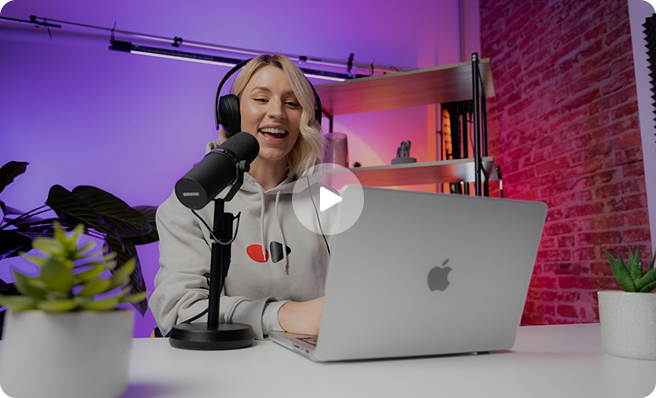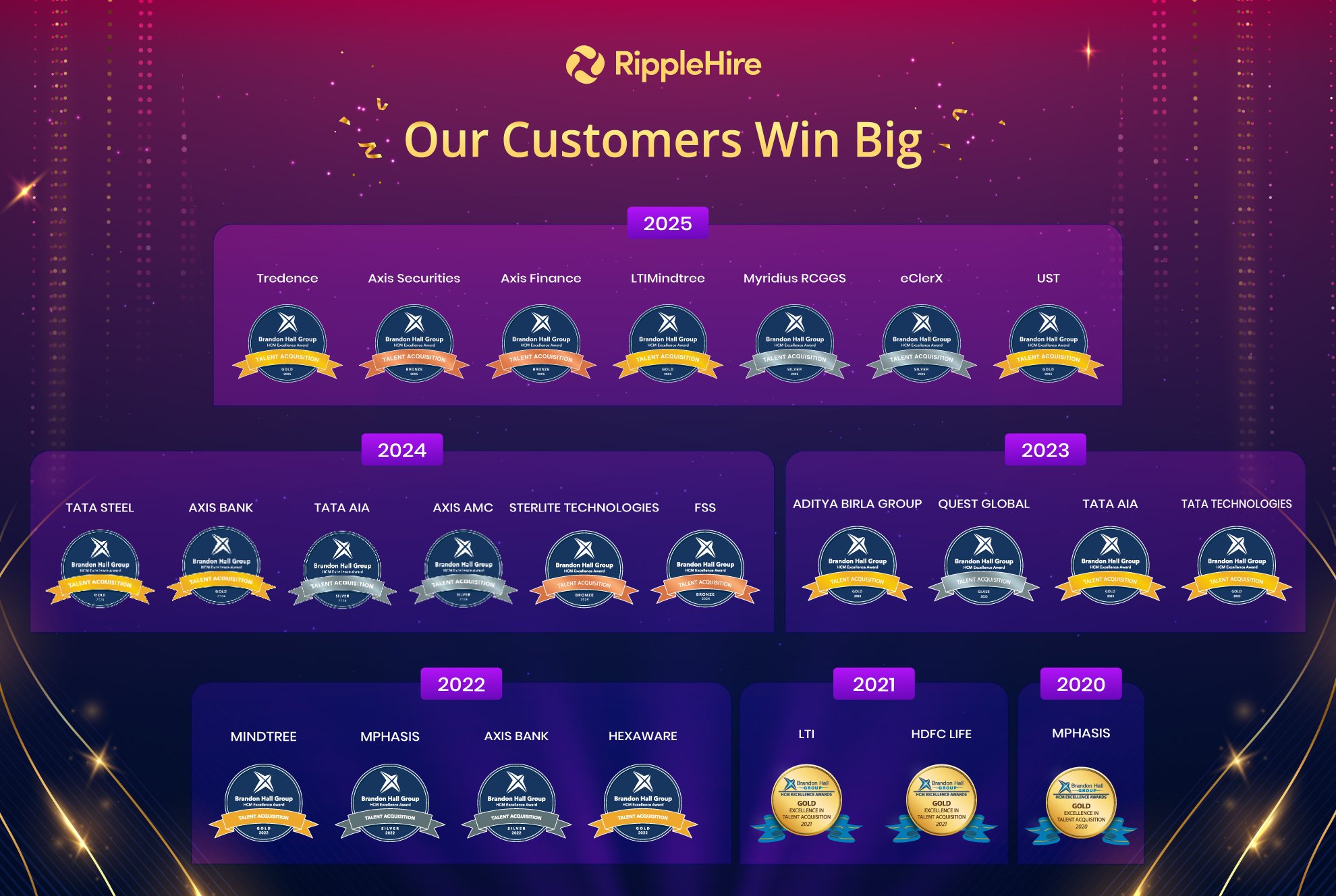Improving the Offer to Joining Ratio through Employee Referrals
One of the biggest metrics every recruiter tracks — and struggles with — is time to fill. As soon as a business team opens a requisition, it’s usually urgent. The expectation is to close yesterday. But closing fast, and closing right, is hard.
It gets even harder in today’s market, where getting a candidate to say yes is no longer enough.
The Shift in Candidate Behavior
A couple of decades ago, receiving an offer letter meant a candidate stopped searching. Today, it’s just the start of their real job hunt.
Especially with younger candidates, it's common to start evaluating other options only after getting the first offer. This “offer shopping” has become the norm. Candidates weigh compensation, brand, culture, flexibility — and more often than not, they juggle multiple offers before deciding.
As a result, joining no-shows are a massive issue. Candidates disappear, and recruiters have to restart the entire process. That’s lost time. Lost momentum. And often, lost trust with the business.
Why Offer-to-Joining Ratios Matter
Let’s say you make an offer 30 days into a 90-day notice period. If the candidate drops out after 60 days, you’ve already invested two months. You now need to restart sourcing, re-evaluate, and hope the next candidate doesn’t back out.
This means delays stretch to 120–150 days or more. Multiply that across multiple roles, and the impact on topline and team morale becomes significant.
-
Teams are short-staffed.
-
Deadlines slip.
-
Pressure builds on existing employees.
-
Attrition risk increases.
-
Managers are forced to compromise on quality just to close roles.
That’s why improving offer-to-joining ratios isn’t just a recruiting metric. It’s a business priority.
What Role Do Referrals Play?
While sourcing channels like job portals and vendors play their part, referrals bring a unique edge — especially when it comes to commitment and reliability.
Here’s what we’ve consistently observed:
1. Referrals Build Warmth and Trust Early
When a friend from the company is involved, candidates automatically feel more at ease. There’s a layer of human connection that recruiters alone can’t always create.
2. Employee Involvement Improves Candidate Experience
Employees tend to vouch for people who are serious about the role. Their involvement also acts as a bridge, making it easier for candidates to understand the company, team dynamics, and expectations.
3. Obligation Drives Commitment
Candidates don’t want to let their friends down. That subtle social obligation — of being referred by someone they trust — increases the likelihood of them joining. Ghosting on a recruiter is easier. Ghosting on a friend? Not so much.
What the Numbers Say
Across companies that use RippleHire, we’ve seen a 10–12% improvement in offer-to-joining ratios through the referral channel.
It’s not magic. It’s warmth + clarity + social accountability.
And when this is paired with our structured workflows and automated reminders, recruiters are empowered to maintain visibility across the candidate lifecycle. Employees can stay involved through updates, nudges, and direct communication — all without the process becoming a burden.
How Employees Can Help Reduce Drop-offs
Your employees are your best brand ambassadors. Not because they work in recruitment. But because they believe in your culture.
When someone says, “Come work with me here — it’s a great place,” it lands differently. It feels authentic. And it builds early trust.
Here’s how employee involvement reduces drop-offs:
-
They give candidates real, honest context
-
They keep candidates warm between rounds
-
They help answer questions recruiters can’t
-
They provide post-offer reassurance
-
And they make the candidate feel like they already belong
When candidates feel seen and supported, they’re far more likely to honor their commitment.
How RippleHire Helps You Operationalize This
As a high-performance ATS, RippleHire helps you integrate referrals as a strategic channel — not a side campaign.
We help you:
-
Share referral-eligible roles automatically
-
Allow employees to stay updated on their candidates
-
Nudge employees to re-engage with candidate's post-offer
-
Give TA teams visibility into where drop-offs are likely
-
Reduce manual coordination and improve turnaround
You don’t need to reinvent the wheel. You just need a system that aligns your employees, recruiters, and candidates into one smooth workflow.
Final Thoughts from Author
Time to fill is critical. But improving it isn’t just about faster sourcing. It’s about reducing fall-offs after the offer stage. And that’s where referrals shine.
When you bring your people into the hiring process — not just at the beginning but through the entire lifecycle — you create an experience that’s harder to walk away from.
Better engagement. Fewer no-shows. Faster hiring.
That’s what high-performance hiring looks like.
[Discover how RippleHire can help you reduce no-shows]
FAQs
Why do candidates ghost after accepting an offer?
Many candidates continue interviewing after receiving an offer. Multiple options give them room to change their decision, especially if they feel disconnected or unsure.
What is a good offer-to-joining ratio?
An average range is 60–70%, but top-performing companies aim for 80% or higher, especially through trusted sources like referrals.
How can I involve employees in the hiring process?
Use tools that allow employees to refer, track, and engage with their candidates. Encourage informal check-ins, Q&As, or even buddy programs post-offer.
Does RippleHire support offer-stage engagement?
Yes. RippleHire’s ATS enables employees to stay connected with their referred candidates through automated updates, reminders, and visibility into next steps.
















